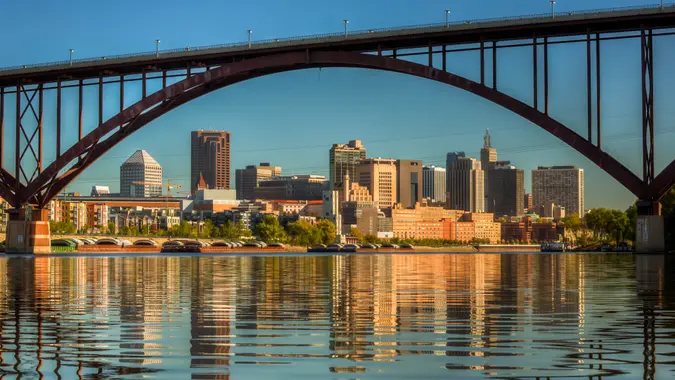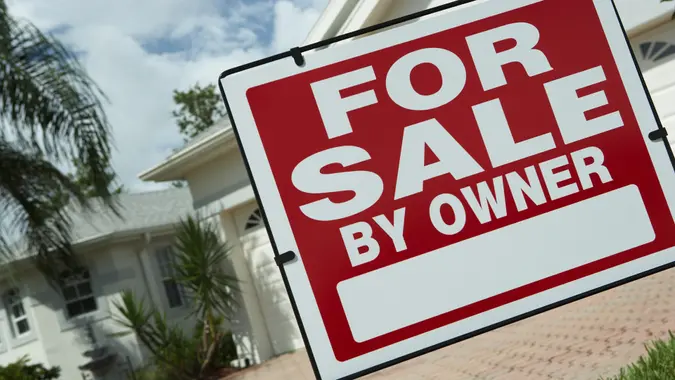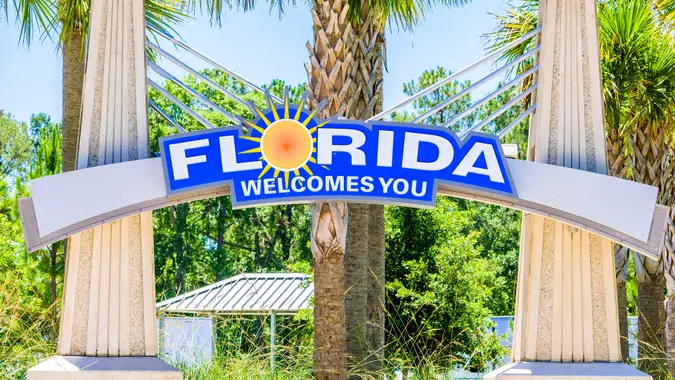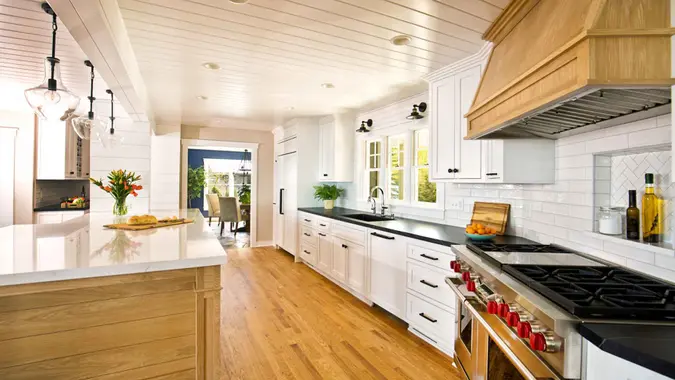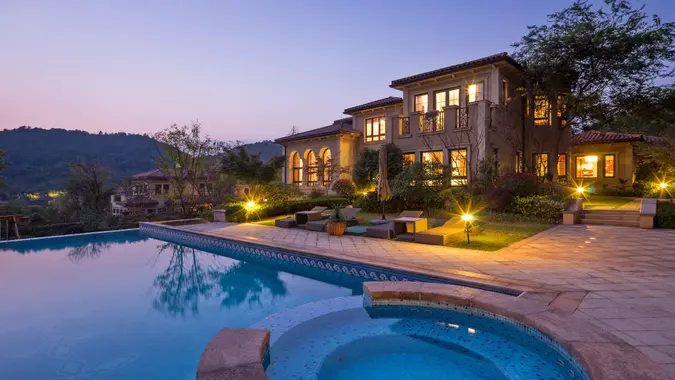Townhomes vs. Starter Homes: Which Is Best for First-Time Buyers?

Commitment to Our Readers
GOBankingRates' editorial team is committed to bringing you unbiased reviews and information. We use data-driven methodologies to evaluate financial products and services - our reviews and ratings are not influenced by advertisers. You can read more about our editorial guidelines and our products and services review methodology.

20 Years
Helping You Live Richer

Reviewed
by Experts

Trusted by
Millions of Readers
The median housing price for a traditional single-family home in January 2025 was $402,000, according to the National Association of Realtors. For first-time buyers, where affordability is a priority, a single-family home can be beyond their budgets, leading them to seek more economical alternatives.
Find Out: 5 Things You Must Do When Your Savings Reach $50,000
Outside of buying a manufactured home, which can depreciate in value, first-time buyers can find more reasonably priced housing options in starter homes and townhomes. However, there are significant differences between them.
Here are the pros and cons of townhomes and starter homes.
Starter Homes
Starter homes are small one- to two-bedroom houses with one bathroom measuring between 750 to 1,200 square feet, according to Zillow. Initially built for World War II veterans by developers like Levitt, starter homes grew in popularity in the 1980s as the baby boomer generation entered adulthood. As the young boomers advanced their careers and started families, they moved into larger residences.
Decline in Starter Home Construction
Starter homes comprised 40% of the new homes built on the market in 1982, however, the housing supply decreased considerably to 9% in 2023, according to CNBC.
Restricted zoning laws in the U.S. were responsible for halting these builds, and the costs of building homes of any size have increased substantially compared to 43 years ago. By 2025, the price of buying a piece of land has skyrocketed, making it difficult to build affordable detached homes.
If you can locate one of the 9% of these homes built in 2023, you may have struck gold, but according to CNN, the norm for these starter homes can be priced at $1 million today. Finding an older starter home can be a costly investment, as they will likely require significant repairs and upgrades due to their age. Electrical wiring and plumbing systems may be outdated and not up to the new building codes, and updates can be expensive.
Townhomes
As land becomes scarce for new construction, buying a townhome is an attractive alternative, reported Realtor.com. Townhomes like condominiums have lower mortgage rates and cheaper property taxes than single-family homes because they usually have less square footage and owners share land. A townhome can be a cost-effective housing option but they aren’t for everyone. These tall, narrow dwellings resembling rowhouses contain two or three floors and share an adjoining wall with a neighbor.
Benefits Beyond the Price
Beyond affordability, townhomes offer a low-maintenance, community lifestyle with access to ample amenities for a fee. Owners pay a homeowners’ association fee every month that includes maintenance, various amenities and member benefits.
Shared amenities include swimming pools, fitness centers, eateries and community activities. For some, the convenience of having your lawn mowed, snow plowed, trash removed and pool cleaned and maintained is well worth the tradeoff of sharing a wall with a neighbor.
While townhomes are popular with first-time buyers, they’re also a favorite among empty nesters and retirees looking to downsize after selling a larger home. These established homeowners appreciate the easy upkeep, opportunities to socialize with neighbors and pool passes for the grandkids.
More From GOBankingRates
 Written by
Written by  Edited by
Edited by 





